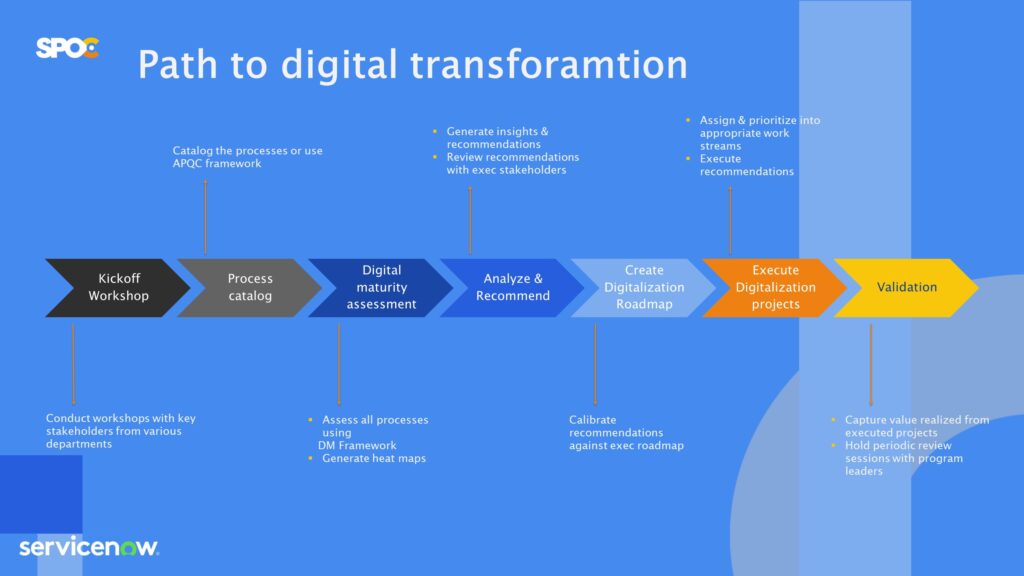Do you know what’s better than climbing a mountain? Reaching the top of a digital transformation peak! And if you’re using ServiceNow, you can do it faster and cheaper than with any other alternative, according to Forrester Research. ServiceNow facilitates the rapid construction of cloud solutions, automating a large number of intricate compliance workflows in just half the time and at a third of the cost of the competitors. But here’s the catch – the stats don’t reveal the real secret to success…
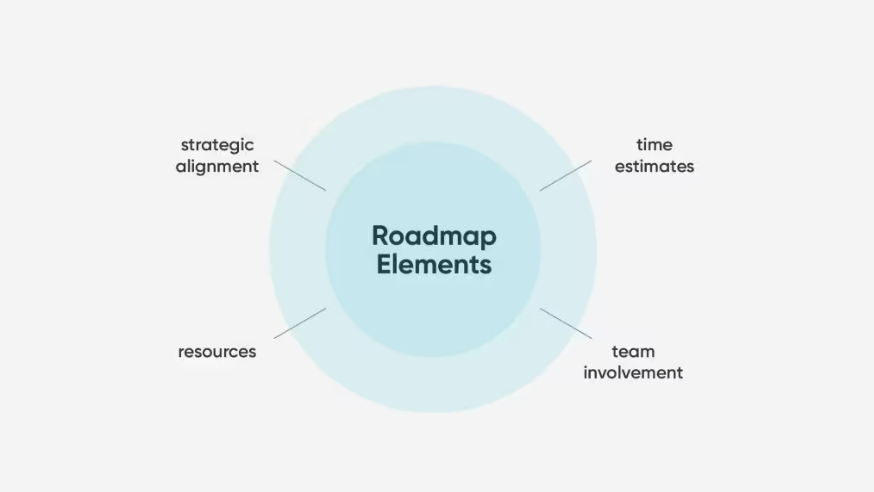
How a ServiceNow Roadmap can help you climb the digital mountain?
When embarking on a journey, it’s crucial to have a plan in place to ensure that you reach your destination. This is especially true when it comes to digital transformation and the implementation of a ServiceNow platform. Building a roadmap for your ServiceNow journey is like planning a trip to climb a mountain. You are a traveller, and just like with a mountain climb, you need to know everything about what’s going on to plan ahead.
What does it involve? You should consider the weather conditions, the itinerary, the team members, and the ultimate goal. Similarly, when building a roadmap for your platform, you need to take into account all the necessary details. What are the stops on the way? What are strategic goals, the needs, and what is required to reach your goal?
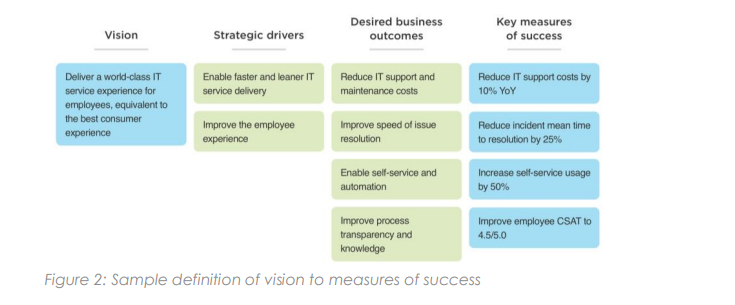
Many companies may not be fully prepared to leverage ServiceNow’s features and capabilities. With a roadmap, your organization can gain a clear understanding of its readiness for this transition, assess the availability of necessary resources, and track its progress in the process. This is how you can avoid wandering aimlessly without a clear destination. I believe that every company should prioritize this essential step for moving forward.
Adam Bernaś, Chief Technology Officer
It’s important to remember that just like climbing a mountain, you may not always be able to see your end destination clearly. For example, the ROI for your ServiceNow may be obscured by clouds. This is why having a strategic overview and a roadmap is so crucial. It helps you navigate the journey and ensures you don’t get lost along the way.
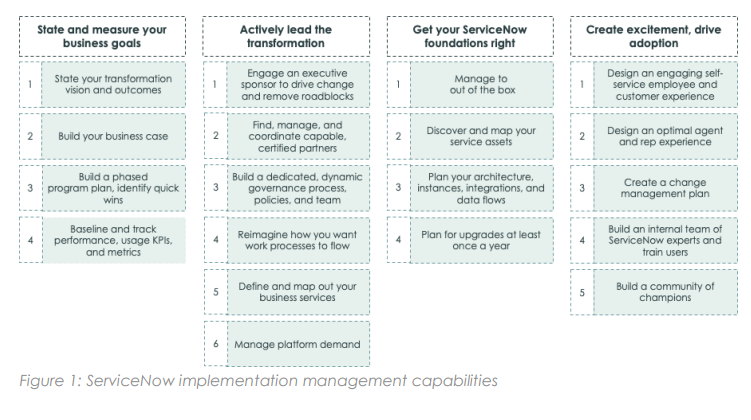
ServiceNow digital transformation
So, what exactly is a Roadmap? It is a strategic plan that outlines the steps required to achieve your business goals. As a visual representation of your organization’s journey toward a desired outcome, it helps you identify the key milestones, resources, and timelines required to reach that goal.
A well-prepared roadmap should consist of a clear vision, business justification, and a plan for execution. This way, you can get a valuable tool to help other stakeholders in the company see the usefulness and point of the ServiceNow implementation.
We have mapped 8 steps to follow when building a ServiceNow roadmap:
Assess your current state
Conduct a Digital Maturity Assessment to evaluate your organization and business strategy’s current state and identify the gaps and challenges to understand where you stand in terms of digital maturity and what steps you need to take to move forward.
>> Read more about DMA here <<
Identify the roadmap components
Based on the assessment results, identify the components, such as process improvements, technology updates, product ideas, resource requirements, and organizational changes.
Prioritize the components
To effectively prioritize the components of your roadmap, consider their importance, urgency, and impact on achieving your goals. This approach ensures you allocate the necessary resources and effort to focus on the most critical components of the overall strategy.
Define the roadmap phases
Divide the components into phases based on their dependencies and timeline. Each phase of the development roadmap should have clear objectives, timelines, and success metrics.
Identify the stakeholders
Identify who will be involved in the roadmap, development process, and implementation, including the executive sponsor, project manager, functional leads, technical leads, and end-users.
Build the roadmap
Document the objectives, components, phases, timelines, success metrics, and stakeholders. Use a visual format, such as a Gantt chart, roadmap view or timeline, to make it easier to understand and communicate.
Communicate
Tell about the project roadmap to all stakeholders and spread it across the organization to buy-in and support from all parties involved.
Update and monitor the roadmap
Regularly review strategy roadmap and revise the roadmap based on feedback, shifting priorities, and emerging challenges. Keep a close eye on the progress of the roadmap and measure success metrics to ensure that you remain on course towards achieving your objectives.
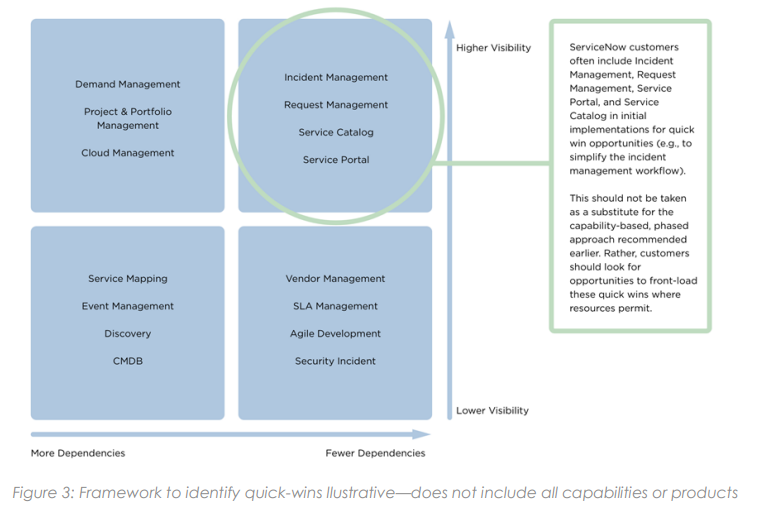
With the above steps, you can create a customized ServiceNow roadmap that aligns with your organization’s unique objectives and requirements. This roadmap will pave a distinct way for the entire company to reach success, providing clarity and direction toward the intended destination.
Preparing for the digital future with the right product strategy
Simply purchasing the most expensive ITSM system on the market isn’t enough to ensure success. It takes careful, strategic planning, and preparation to be truly ready for the climb ahead. A roadmap allows you to assess your organization’s readiness for change, determine whether you have the necessary resources, and identify where you currently stand in the process.
With a well-designed roadmap, you can navigate the terrain of digital transformation, integrate new systems, automate workflows, and achieve a positive return on investment.
Building a roadmap is like embarking on a thrilling adventure where you discover new terrains and new peaks. With a clear plan in hand, you will feel ready for the future and be able to tackle any challenge that comes your way. Remember, a roadmap is not a magic solution but rather a reliable way to achieve success and reach your ultimate goals.
Adam Bernaś, Chief Technology Officer
So, building a roadmap after DMA for your ServiceNow is crucial to achieving your organization’s goals. It provides a clear direction and shared understanding of the platform, enhances transparency and communication between stakeholders, facilitates better and well-informed decision-making, and helps you stay focused. With a roadmap, you will be able to achieve your digital transformation goals, maximize your ServiceNow investment, enhance your overall organizational performance and stay competitive.
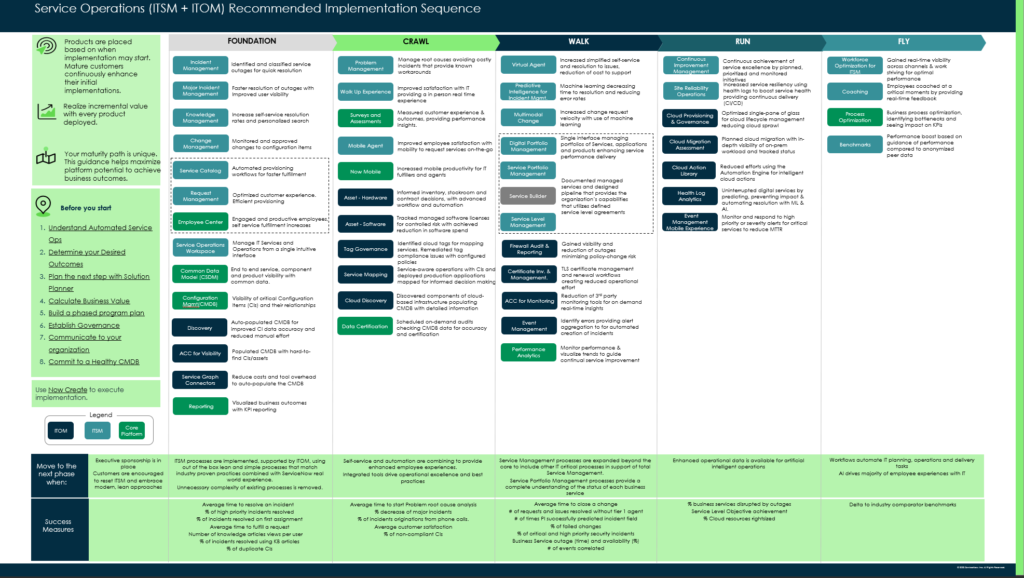
A high-level strategy roadmap is essential to unlocking the full potential of your ServiceNow investment. A well-crafted roadmap outlines future initiatives, aligns with your business strategy, and defines a clear strategic vision. The road mapping process provides the big picture, ensuring that each step towards achieving the project’s goals is purposeful and intentional.
Adam Bernas, Chief Product Officer, CMA
Climb with us
Can you imagine climbing Mount Everest without the help of experienced Sherpas? We certainly can’t! That’s why we’re here to help you build a roadmap for your platform and enjoy the journey toward your ultimate goal. Our team can help you with product vision, measure your strengths and intentions and find the perfect climbing trail for you, and complete it with the right stops and support. Contact us today. Let us guide you to success with your ServiceNow and create a roadmap with us.






